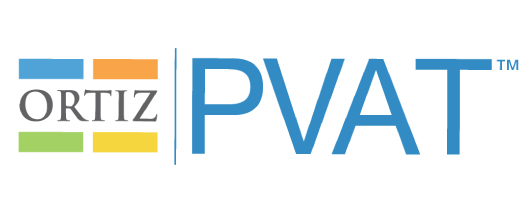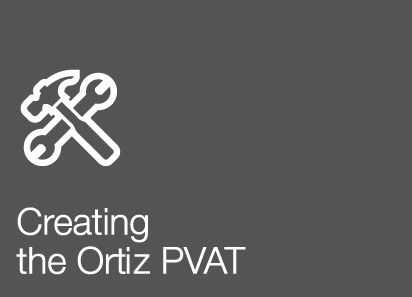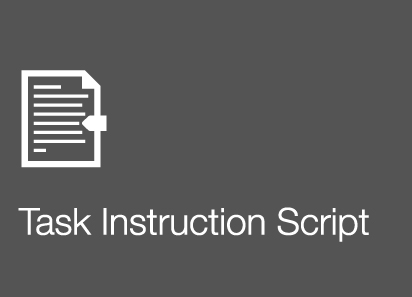About the Author |
That his first degree was a B.S. in Architecture (1982) represents just one of the many strange twists marking the rather unusual and somewhat miraculous journey that characterizes the life and career of Dr. Samuel O. Ortiz. The fact that he is currently a Professor of Psychology at St. John’s University, obtained a Ph.D. in Clinical Psychology from the University of Southern California (1993), holds a PPS credential in school psychology, completed postdoctoral training in Bilingual School Psychology at San Diego State University (1995), served as a three-term member and, in his final year, as Chair of APA’s Committee on Psychological Tests and Assessment, serves as member of the Coalition for Psychology in Schools and Education, and serves/served on various editorial boards including Journal of School Psychology, School Psychology Quarterly, Journal of Applied School Psychology, Psychology in the Schools, and Journal of Cognitive Education, all tend to belie the impact that being an English learner himself has had on the direction of his own life and the radical changes in his education.
Why architecture, you ask? When you’re not an articulate speaker, when writing is your absolute worst ability, when you can compete well only in areas that don’t involve language or literacy, you don’t usually head off to college to become an English major. This is true whether English is your first or second language. Despite being born in the U.S. to native Spanish-speaking, Puerto Rican parents, and starting school at the age of 5 years without knowing a word of English, Dr. Ortiz is nevertheless fond of saying that he didn’t know he was bilingual until he was 35 years of age! At this time, he changed specialization from clinical to school psychology at San Diego State University (for no other reason than he was simply looking for a job), where he had reluctantly stumbled into a program renowned for its multicultural focus and training. This completely arbitrary decision transformed his career by bringing together, for the first time in his life, his personal experiences (being bilingual and bicultural) and his professional education and training. It provided the long missing context and explanations that revealed so much about growing up as an English learner. His understanding began from the perspective of a student, and included specific training in ethnic and cultural differences, first and second language development, and bilingual pedagogy. It progressed to that of practitioner and school psychologist in Encinitas, California (1994–1996), and ultimately, after realizing that there were no real answers or guidelines for evaluating English learners like himself, he entered academia as an Assistant Professor at San Diego State University (1996–1999) with the expressed intent of addressing the problems inherent in the evaluation of culturally and linguistically diverse individuals.
Following a year of teaching school psychology in Japan as a Visiting Professor and Research Fellow at Nagoya University (1999–2000), Dr. Ortiz began his current position at St. John’s University and moved to New York. Since that time, he has studied and published on topics that include cognitive, linguistic, and academic assessment of culturally and linguistically diverse individuals, Cross-Battery Assessment (XBA), and evaluation of Specific Learning Disability (SLD) via Response-to-Intervention (RtI) and Pattern of Strengths and Weaknesses (PSW) approaches. He has authored and co-authored numerous journal articles, book chapters, and books on these topics, as well as several software products including the Cross-Battery Assessment Software System (X-BASS) and its predecessors. His books include two assessment standards: Assessment of Culturally and Linguistically Diverse Students: A Practical Guide, and Essentials of Cross-Battery Assessment, 3rd Edition. His latest scholarly efforts involve developing and authoring the Ortiz Picture Vocabulary Test™ (Ortiz PVAT™), a pioneering instrument with an innovative design that he hopes will both enhance and change the direction of the evaluation of English learners toward more equitable and accessible practice.





